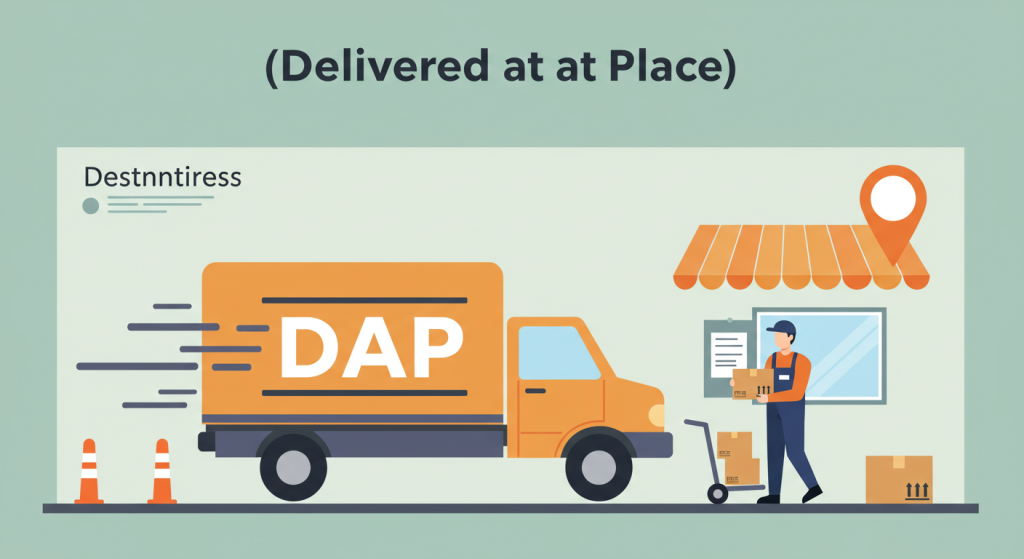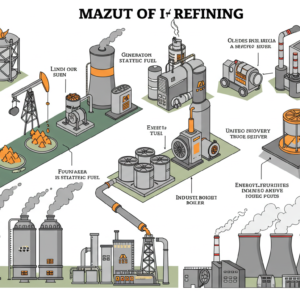When it comes to international shipping, understanding the Incoterms is a game-changer! One of the most versatile terms for both buyers and sellers is DAP (Delivered at Place). But what does it really mean, and why should you consider it for your next transaction? Let’s dive in! 🌊
What Is DAP?
DAP means Delivered at Place, which indicates that the seller is responsible for delivering the goods to a specified location, often the buyer’s premises or another agreed-upon destination. It’s a simple and effective way to ensure your goods reach the right place—without unnecessary stress!
Key Benefits of DAP for Sellers and Buyers 🌟

- For Sellers: 📦💼
- Complete Control Over Logistics: The seller handles everything related to transport, from dispatch to delivery.
- Clear Responsibility: Sellers know exactly where and when they need to deliver, eliminating confusion in the delivery process.
- International Coverage: Sellers can handle transactions to many different destinations without worrying about local tax issues.
- For Buyers: 🛍️💰
- Reduced Hassles: No need to worry about handling the shipment—just wait for the delivery.
- Lower Risk: Buyers take the risk only when the goods arrive at the agreed place. Until then, it’s all on the seller!
- Transparent Costs: With DAP, the seller covers all shipping and export fees. All you need to worry about are the local import duties and taxes.
How Does DAP Differ from Other Incoterms?
While DAP provides a straightforward approach to international shipping, it’s essential to know how it compares with other terms:
- CIF (Cost, Insurance, Freight) 🛳️: In CIF, the seller also takes care of the insurance of the goods during the transport, while in DAP, the seller’s responsibility stops once the goods reach the destination (without insurance).
- EXW (Ex Works) 🚪: EXW shifts almost all responsibilities to the buyer, which is a huge contrast with DAP, where the seller takes charge of almost everything until the delivery point.
Why DAP Is a Great Choice for Your Business 📈?
- Simplicity and Transparency: No complicated negotiations over who handles what—DAP makes it crystal clear.
- Cost-Effective Shipping: For sellers, it’s easier to estimate total shipping costs without surprises at the destination. For buyers, the only concern is the local import duties.
- Secure and Safe: By using DAP, both parties reduce the risk of complications in the shipping process and ensure that the goods are delivered exactly where and when they are needed.
Challenges of Using DAP ⚠️
- Import Duties and Taxes: Buyers are responsible for handling these when goods arrive, which can sometimes come as an unexpected cost. 💸
- Potential Delivery Delays: While the seller handles everything up to the destination, any delay in the seller’s shipping or clearance process might affect the buyer’s schedule.
Conclusion
In the world of international trade, DAP is a fantastic choice for simplifying the shipping process while ensuring both buyers and sellers are clear about their responsibilities. It offers simplicity, transparency, and security, making it a must-consider for any global shipment. 🌍💪











